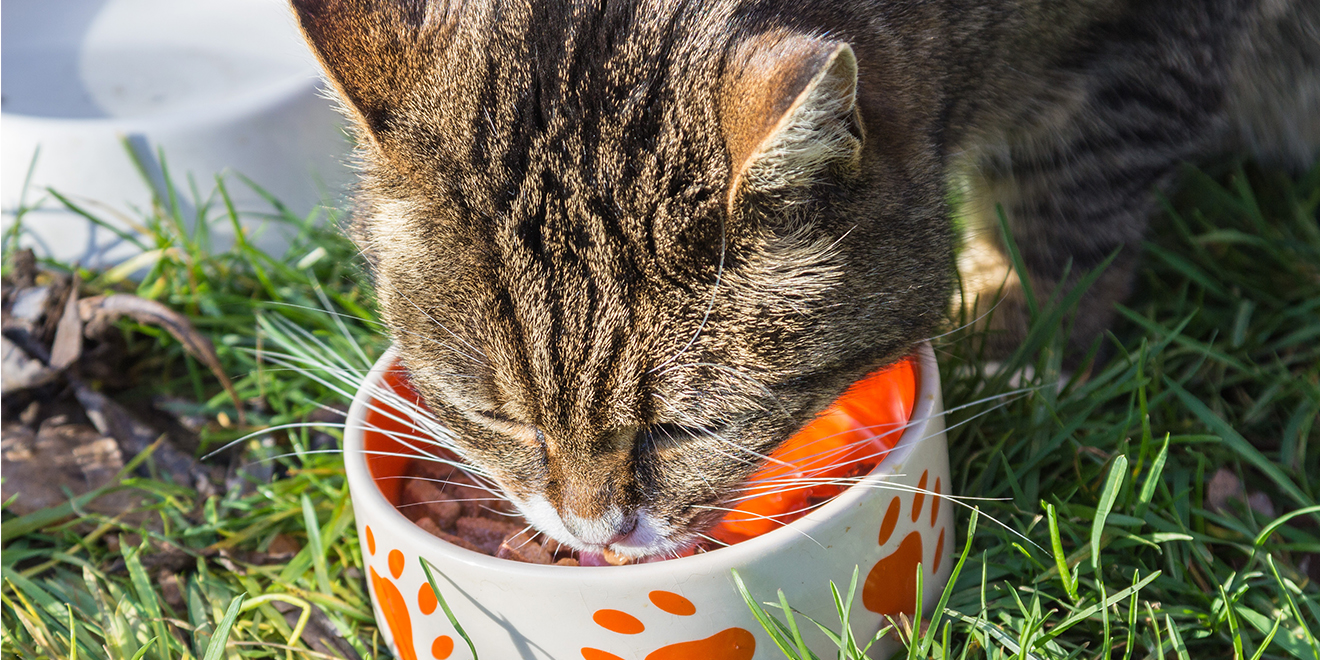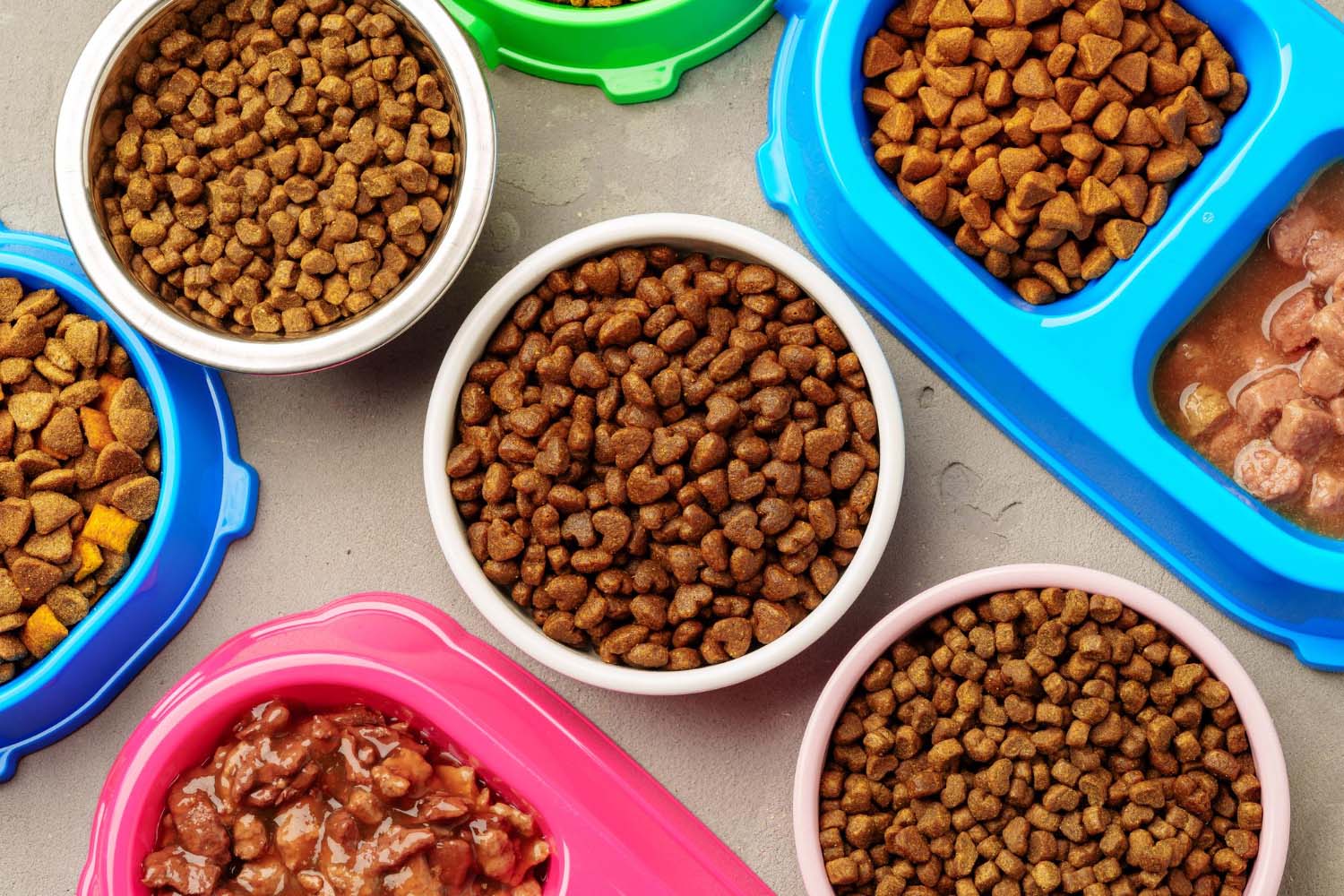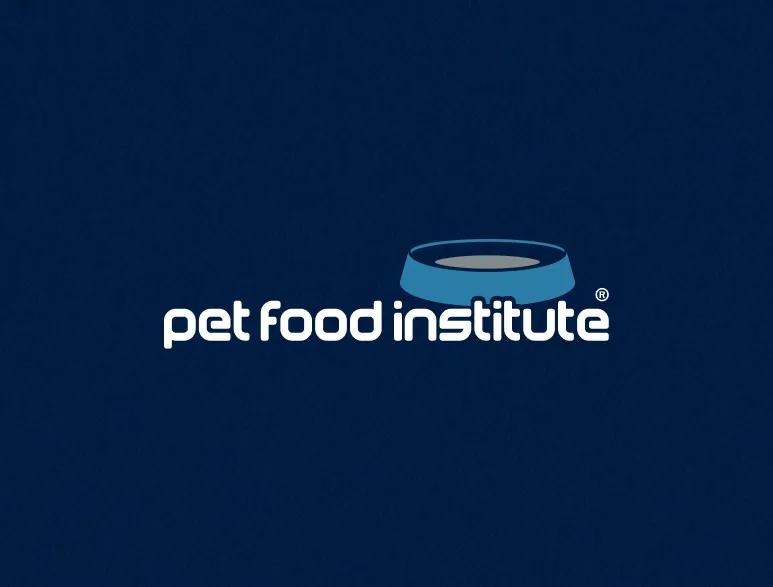Join the Pet Food Institute (PFI) as we continue our look at pet food, from A to Z. Click here to revisit our earlier post on Brewers Dried Yeast.
Pet lovers may see recommendations to remove carbohydrates from a diet, but this nutrient class plays an important role in supporting the health of both humans and pets. It is important to understand why pet food makers may include them in dog and cat food recipes.
The energy needs of dogs and cats are provided by three macronutrient groups: fats, carbohydrates and proteins. The carbohydrates class includes sugars, starches and fiber. While carbohydrates aren’t considered essential, starches supply energy over an extended period of time, which helps give animals the needed energy to support basic functions (breathing, heartbeat, thinking, etc.) between meals. By utilizing fats and carbohydrates for energy, protein is spared to support other bodily functions such as the building, maintenance and repair of cells and body tissues, and the maintenance of a healthy coat.
Both soluble and insoluble fiber, also parts of the carbohydrates class, support digestibility. Recent research has shown that fiber sources are critical to support the health of the gut microbes, and thus the general health of pets.
Despite some misconceptions, dogs and cats can digest and benefit from carbohydrates. Modern dogs are omnivores. Research indicates that dogs evolved during their path to domestication and became adept at digesting carbohydrates during their time with humans. While cats are carnivores, they also can digest carbohydrates for energy. A 2010 study noted that “healthy cats efficiently digest and metabolize properly processed starches and complex carbohydrates.” Additional research found that cats can efficiently digest starches (at approximately 93 percent) when they are properly extruded. While wet pet food products tend to have a lower carbohydrate content, they are still highly digestible.
Pet food makers may choose from a variety of ingredients to provide carbohydrates. Some ingredients that deliver this nutrient class include: grains, potatoes, legumes and root vegetables. Certain sources of carbohydrates, such as corn, also supply the entire range of essential nutrients. Visit our infographic to see a more detailed list of available ingredient sources for a pet food recipe.
When a pet becomes overweight or obese, carbohydrates in the food are often blamed. However, just like people, weight gain in pets is almost always the result of too many calories consumed and too few calories burned, regardless of the nutrient source. It is critical for pet owners to provide their cat or dog with sufficient exercise and closely monitor their pet’s calorie intake, body weight and body condition score. Some simple steps that pet lovers can take to help keep their dog or cat at a healthy weight include:
- Reviewing the feeding guidelines listed on the pet food package;
- Consulting with a veterinarian to best determine the appropriate amount of food to give your cat or dog based on life stage, activity level, body condition score, and other factors;
- And consistently measuring out each serving of pet food to the total daily recommended amount.



